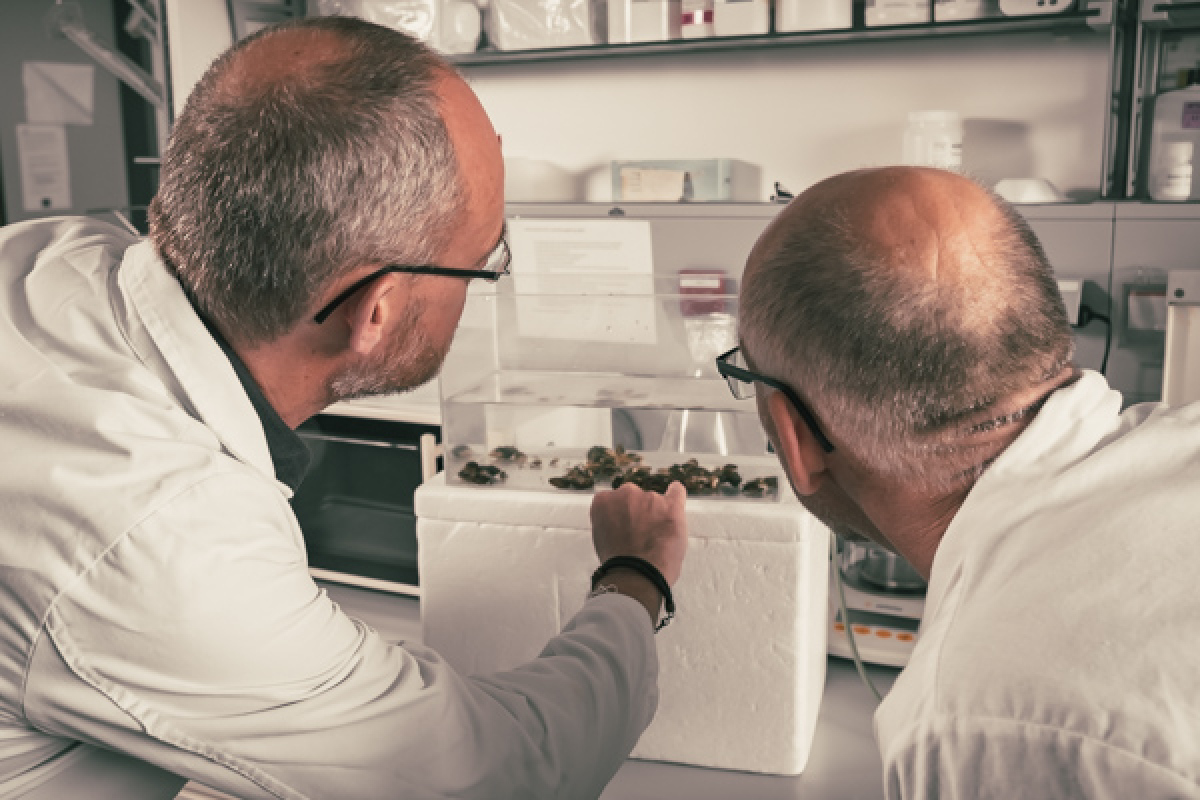Toxicity to zebra mussels

Combining uptake and subcellular partitioning/toxicokinetics and toxicodynamics in modelling Cu2+ toxicity to zebra mussels, taking into account water chemistry
Funded by the Deutsche Forschungsgesellschaft (DFG)
Duration: October 2016 to October 2019
The main aim of the project is to develop a model for predicting Cu2+ toxicity to the zebra mussel, taking into account chemical interactions in the external environment, bioaccumulation, and the ability of the zebra mussel to detoxify and sequester Cu.
The proposed model is a combination of uptake kinetics and subcellular partitioning dynamics, accounting for effects of environmental conditions. Metal toxicity will be related to the metal-sensitive fraction, which will be simulated based on uptake, elimination, and detoxification.
The toxicity of metals is based on a variety of factors. For example, abiotic ligands in the environment can affect the amount of metals available for uptake. Dissolved organic carbon can reduce the concentration of metals available to organisms by complex formation, while common ions such as Na+ and Ca2+ compete with toxic ions for binding sites on biological surfaces, which in turn influences the uptake of metals. Bioaccumulation is not always a reliable predictor of metal toxicity, as subcellular distribution is another determining factor. Furthermore, the toxicity of a metal also depends on the organism's ability to eliminate and detoxify.
In previous studies, the effects of environmental chemistry on metal speciation as well as the accumulation of metals on biological surfaces were considered in the "Biotic Ligand Model". In biodynamic models, the accumulation of metals in organisms was predicted as a balance of uptake and release and finally associated with toxic effects via the "Critical Body Residue". Furthermore, the significance of subcellular partitioning of metals for toxicity was investigated by studying metallothionein-like proteins as biomarkers for metal exposure. However, these factors have never been investigated simultaneously in previous studies.
In this project, we use the zebra mussel Dreissena polymorpha as a model species. This species has been widely used in biomonitoring programs, mainly because of its wide distribution and high efficiency in particle filtration. The understanding of metal accumulation and subcellular partitioning in the zebra mussel will improve the interpretation of biomonitoring data. In addition, the description of the subcellular partitioning of metals in bivalves will allow a more accurate assessment of biomagnification in other taxa such as fish and crustaceans and ultimately allow more accurate predictions of human exposure.
First publications from the project:
https://doi.org/10.1016/j.chemosphere.2019.124967
Contact: Dr. Yen Le, Prof. Dr. Bernd Sures

